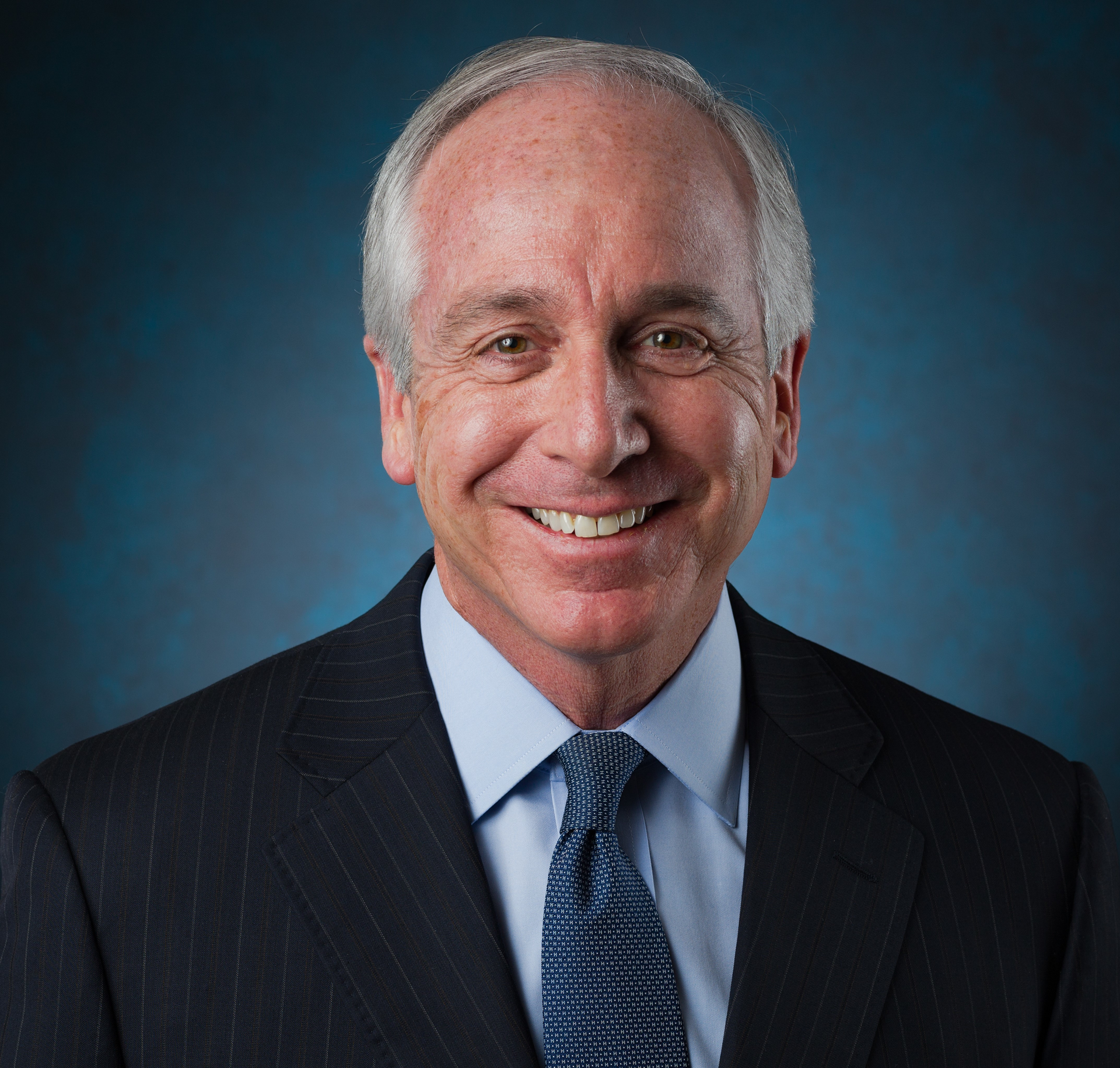It’s happening: People are starting to go back to the office regularly and in higher numbers than we’ve seen since the start of the COVID-19 pandemic.
CPA firms are taking varied approaches to the comeback. Some have adopted a very hardline approach and aren’t even entertaining the thought of a hybrid work model for their employees. Other firms are keeping things flexible about the “where” of work for their staff members, at least for now.
It will be interesting to see which firms excel at attracting and retaining top talent moving forward. A prediction: Those that give their employees time and space to adapt to this latest disruption in their lives — the return to the office — are likely to win out. Those that formalize hybrid work or at least allow their workers to maintain a flexible schedule permanently will probably fare even better.
You may be eager to see your firm’s office operating just as it was prior to the crisis, but your employees might be envisioning a different situation. Consider a recent survey by Slack in which 78% of workers said they want flexibility with where they work, and 95% of workers reported they want flexibility in when they work. Also, research from Robert Half found that nearly half of workers would quit their jobs rather than return to work full time.
Putting employees first can promote a smoother return
For more than two years, you’ve likely been emphasizing to your employees that “we’re all in this together.” This message is still important as your team transitions to coming back to the office either all or part of the time. In many ways, this move represents a whole new type of disruption and uncertainty that your firm’s staff will need to adapt to.
Even those employees who are excited about coming back into the workplace may have some uneasiness about what the experience will be like. With that in mind, here are some strategies to help your team members make a positive and relatively seamless return to the office:
Stay flexible and consider a “rolling” return
Many firms have been trying to pin a date on the calendar as “Return to the Office” day. But as the pandemic has persisted, they’ve had to push back their plans several times. This has been exhausting for employees psyching themselves up to come back to work only to find they weren’t going anywhere.
Things are looking up, but the pandemic could force a change again. So, take it slow and keep things flexible. You can still choose a specific date on the calendar but make it for a “soft return.” Tell your staff, for example, that you’d like to see everyone come into the office for a few days during the first and second weeks of June — and if people want to work at the office more often, they are welcome to. This will help ease the pressure and make employees feel like they have control to set the pace.
Keep the communication level running high
For team members who will be maintaining a remote work arrangement either all or part of the time, make sure they’re included in critical meetings via videoconferencing or conference calls and kept apprised of in-office discussions and other developments. This is critical, as you don’t want a divide to form between your remote and in-office staff. And as you hire new remote employees or engage contract workers, make sure they’re brought into the loop quickly so they feel included and can start forging productive work relationships with their teammates.
Also, be prepared to continue touching base frequently with your employees, as you’ve likely done throughout the pandemic. Make sure everyone knows you understand that the return to the office will take some adjustment, and you’re available to listen to their concerns if they’re struggling. Set up regular one-to-ones and team meetings with your staff to keep everyone focused and engaged and decrease or increase the frequency of these check-ins over time, as needed.
Share learnings and ideas — and amplify professional development
One silver lining of the pandemic experience is that it has provided many of your colleagues with an opportunity to step up and assume more responsibility, try new approaches, solve problems and more. As your team returns to the office and settles into their new work routine, you don’t want to see their willingness to roll up their sleeves, step out of their comfort zone and take strategic risks fade.
Invite your staff members to share any learnings from the pandemic work experience that could help your new hybrid work model succeed. Continue to encourage them to “think outside the box” and share their ideas for improving existing processes and trying new approaches. And be sure to recognize and reward employees for these contributions, especially if their ideas are put into action.
The return to the office is also an ideal time for your CPA practice to increase opportunities for professional development. For one, it can entice workers to come back into the office so they can take advantage of these offerings in person. Professional development can keep remote workers engaged, too. Upskilling, reskilling, technology training, mentoring relationships, job rotation — these are all ways to help build a learning culture at your firm and ensure your workers feel valued.
So, the overall message here is to let your team’s transition back to the office happen as comfortably as possible. There also has to be something positive in it for them, aside from keeping their job and earning a paycheck. You will have to set some structure as you ease into what will become your new way of operating. But if you try to force the process or expect to “flip a switch” and simply return to how things were before, your staff will likely resent it. Then, you risk losing your employees’ trust, eroding their morale and productivity and, possibly, seeing them leave.
======
Paul McDonald is a senior executive director at talent solutions and recruiting firm Robert Half. He writes and speaks frequently on hiring, workplace, leadership and career-management topics. Over the course of more than 35 years in the staffing industry, McDonald, a member of the IMA, has advised thousands of company leaders and job seekers on how to hire and get hired.
Thanks for reading CPA Practice Advisor!
Subscribe Already registered? Log In
Need more information? Read the FAQs
Tags: Firm Management, Payroll, Technology





